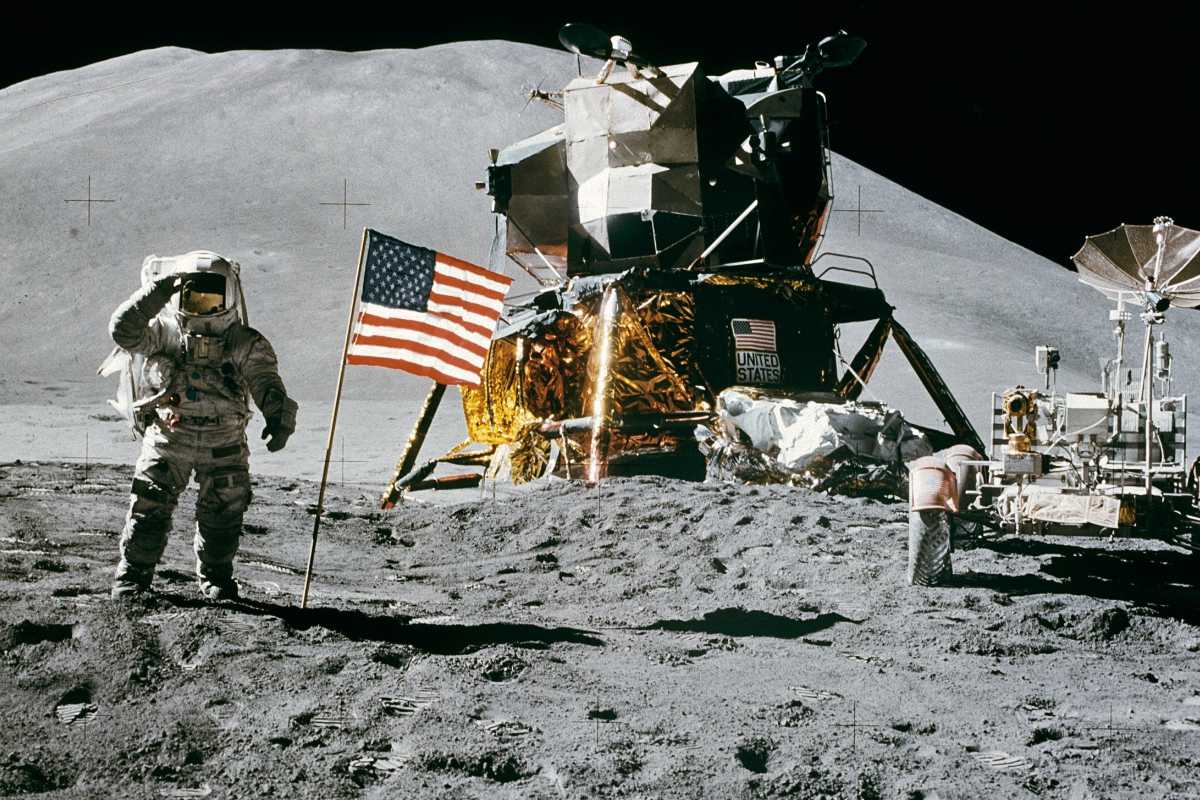
A huge air rifle is deployed in a special laboratory to ensure the safety of future astronauts.
That may sound a bit contradictory, but in the innovative NASA Glenn Research Center’s Ballistic Impact Lab the huge air gun plays an important role in preparation for the manned moon missions. It is being used to fire simulated micrometeorites at materials that NASA is considering using on the moon.
Textile
At the moment, the laboratory is specifically focusing on various types of textiles that could potentially be used as a shelter for moon travelers in the future. The materials are designed to be relatively soft and flexible. But it is also very important that they are sturdy and that when they are hit by something – such as a micrometeorite for example – they are not immediately damaged or – worse – cracks. “If the object is under pressure, a leak – depending on how big it is – could be catastrophic,” said study researcher Mike Pereira.
Air gun
To test the sturdiness of the materials selected by NASA, the researchers therefore use a 12-meter-long air rifle. With that rifle, steel balls are fired at the materials. In order to simulate the situation on the moon as closely as possible, the air rifle is connected to a vacuum chamber. Just like on the moon, the steel balls experience no resistance from the air and therefore retain more speed. Using special sensors and super-fast cameras, the effects that the steel balls have on the materials are recorded in detail.
Target
On the basis of the experiments it can be determined how strong the materials are. And how they could possibly be improved. Or how many layers of textile are needed to stop micrometeorites.
The researchers in the NASA Glenn Research Center’s Ballistic Impact Lab are not only concerned with materials that can be used to create living and working space on the moon in the future. The laboratory also tests materials that may become part of the spacesuit that astronauts wear on the moon or during work on the moon. Lunar Gateway going to wear.
Source material:
“Ballistic Air Guns and Mock Moon Rocks Aid in Search for Durable Space Fabrics” – NASA
Image at the top of this article: NASA